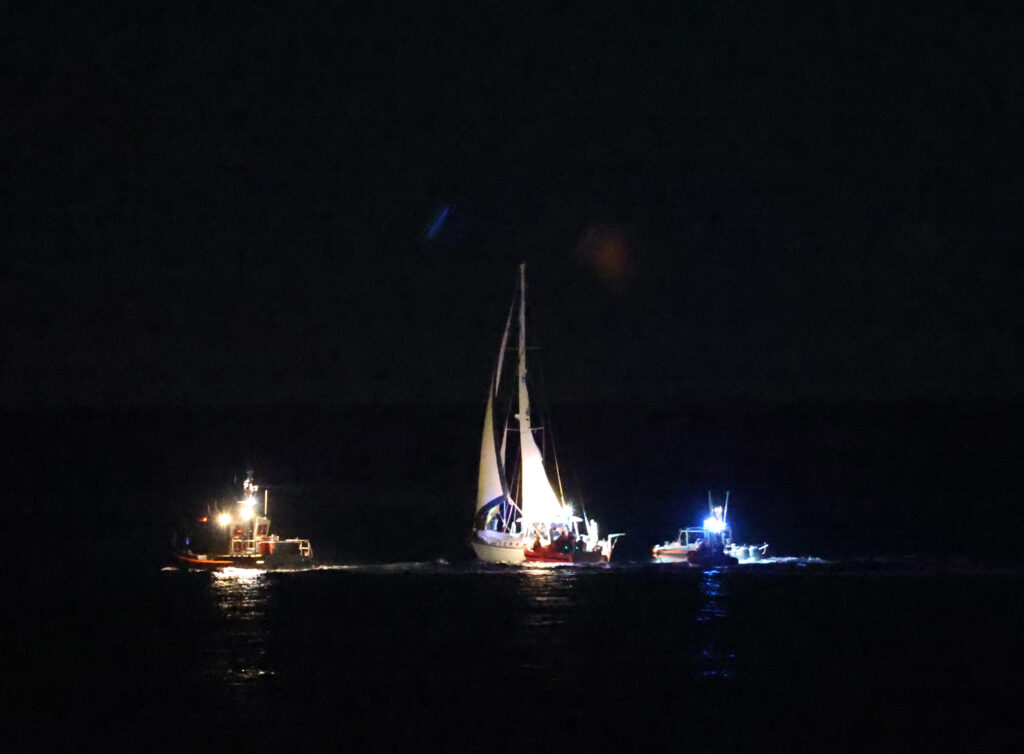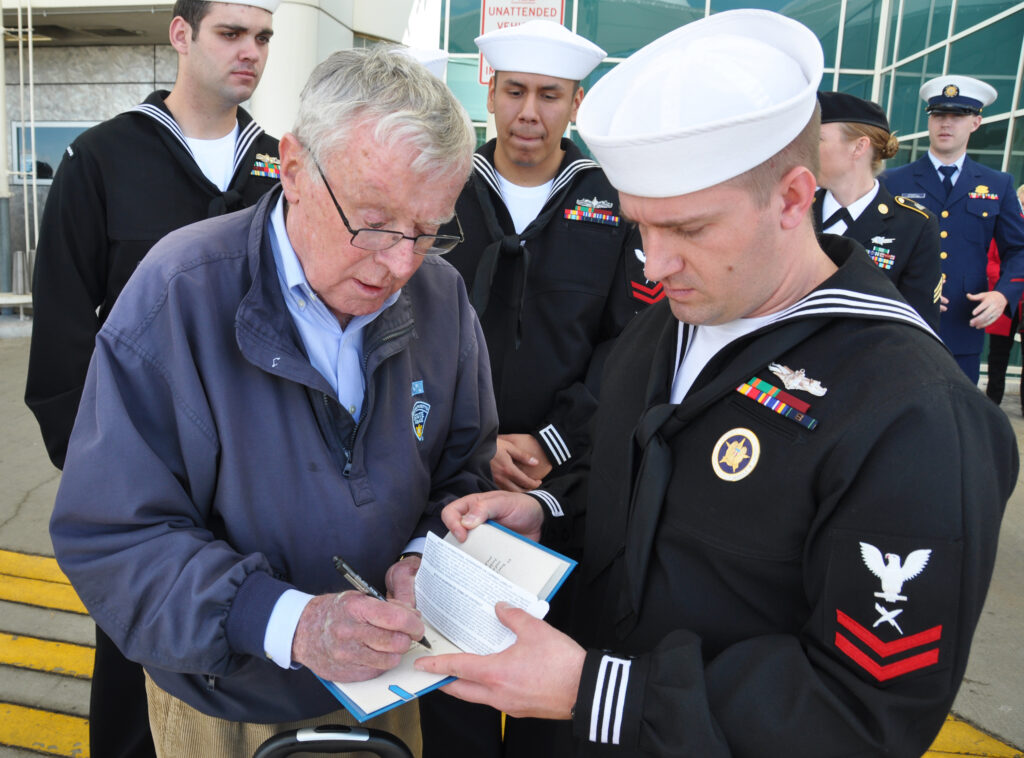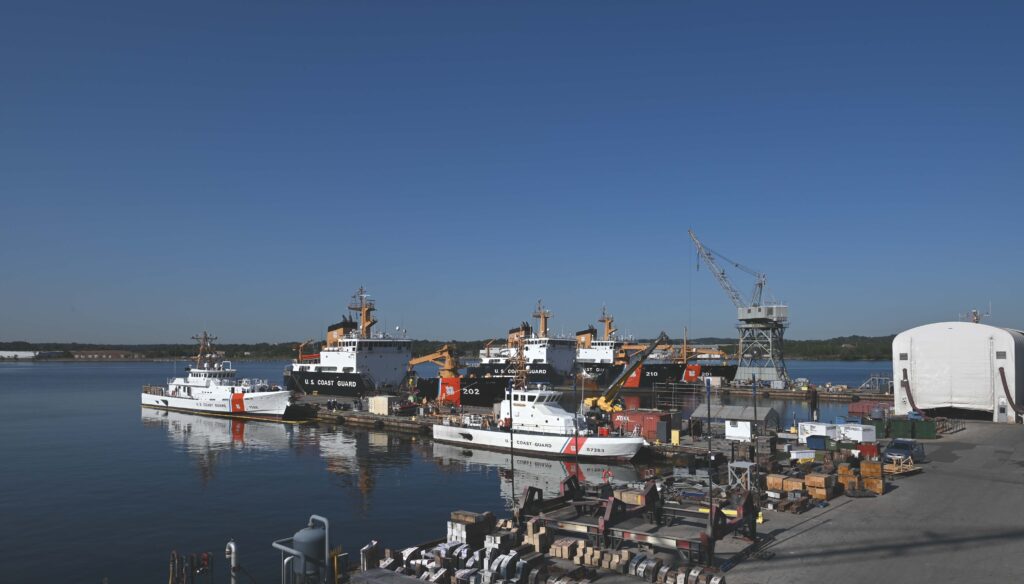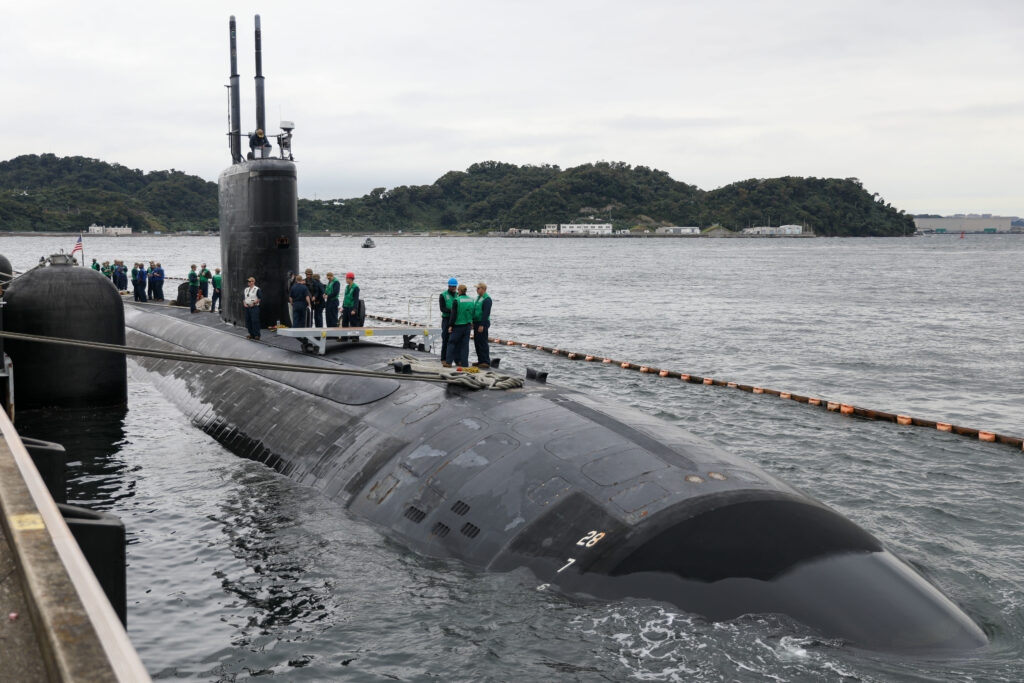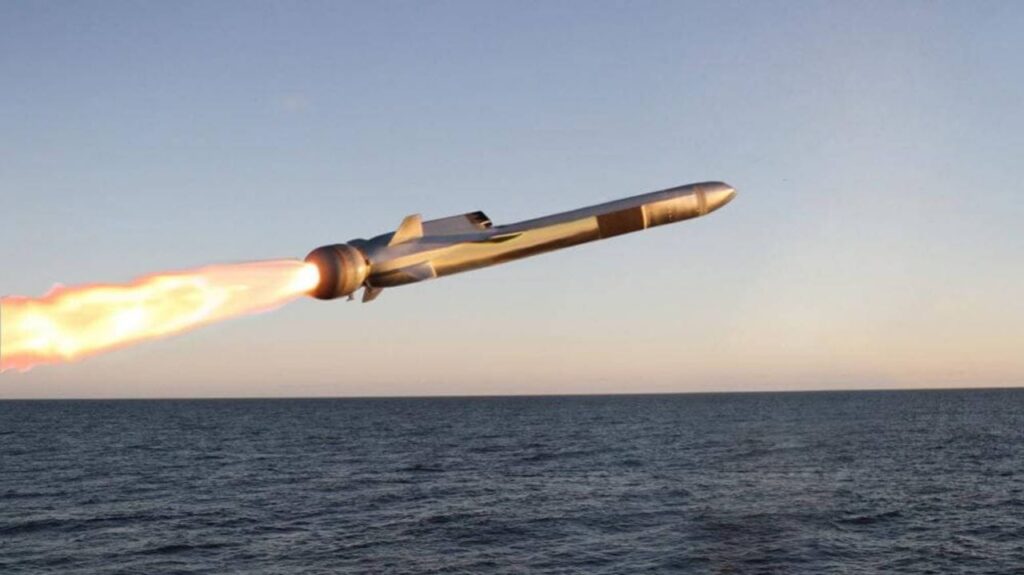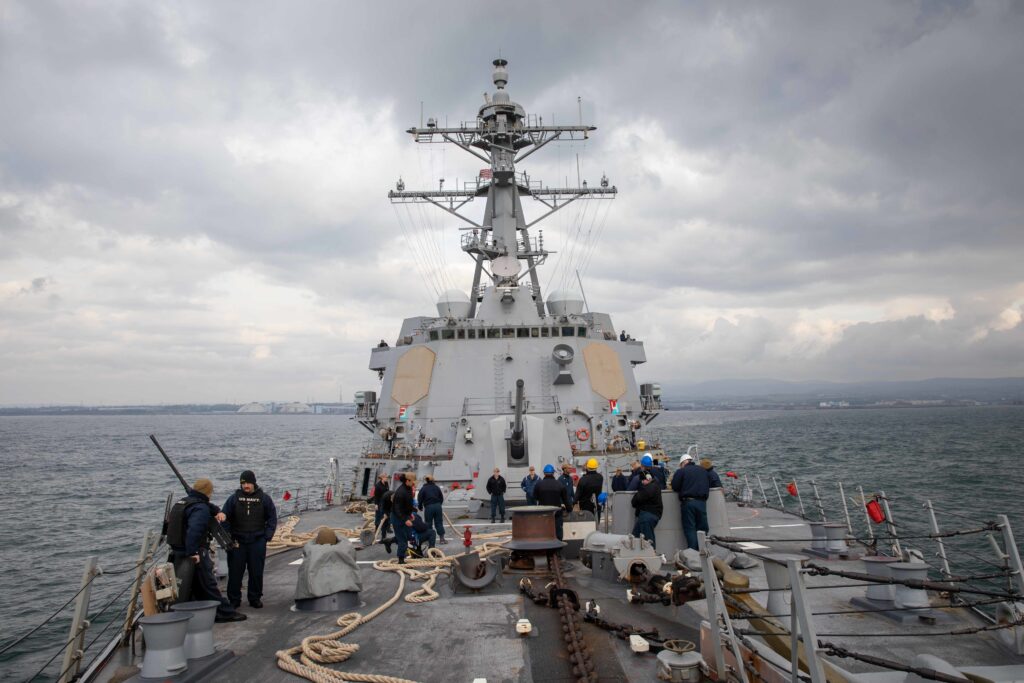Marine Corps Activated Marine Corps Information Command
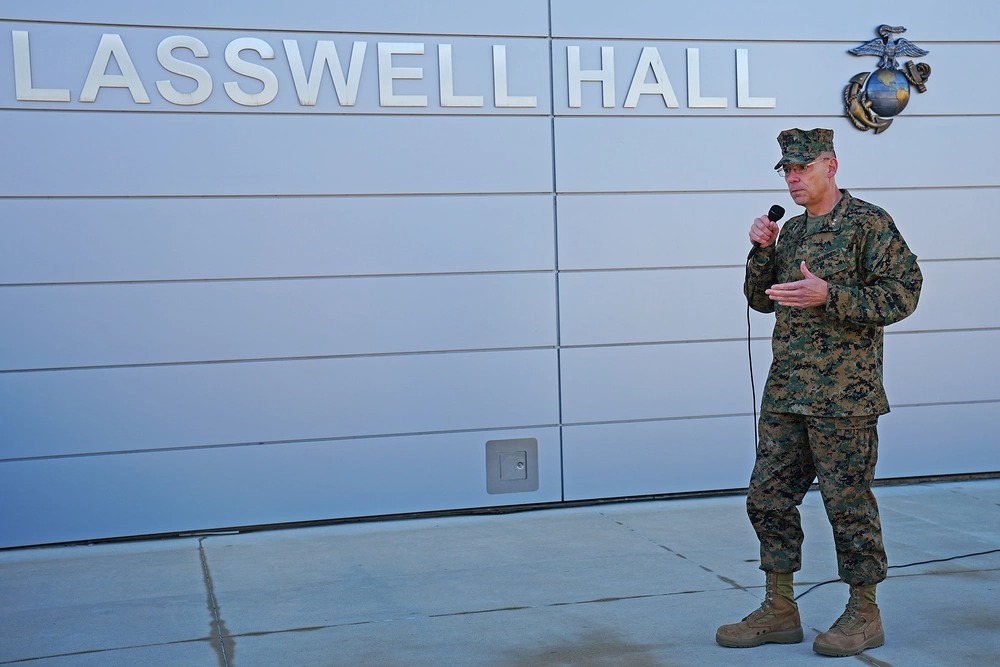
Release from U.S. Marine Corps
*******
FORT MEADE, Md. — The U.S. States Marine Corps continues operationalizing the Marine Corps’ seventh warfighting function, information, by activating a service retained, two-star command poised to synchronize, coordinate, and integrate capabilities across the Fleet Marine Force, Jan. 17, said Ryan Lowcher of Marine Corps Forces Cyber Command.
Commanded by Maj. Gen. Ryan P. Heritage, the current commander of U.S. Marine Corps Forces Cyberspace and U.S. Marine Corps Forces Space Command, the Corps’ newest unit will integrate, synchronize, and enable information activities that deter adversaries and set conditions for the Fleet Marine Force across the range of military operations.
“The activation of the MCIC is all about warfighting, integration and enabling the Joint Force to meet our national security objectives,” said Lt. Gen. Brian Cavanaugh, the commanding general of Marine Corps Forces Command.
Serving as the primary integrator of information-related capabilities that support Service and Fleet Marine Force requirements with seamless coordination, the Marine Corps Information Command will also encompass units previously assigned to the deputy commandant for Information including the Marine Corps Information Operations Center, the Marine Corps Cryptologic Support Battalion, and the Marine Corps Cryptologic office.
Heritage added, “A single commander who can leverage the authorities and approvals needed to synchronize global cyber, space, influence, and intelligence effects creates unity of support for the FMF and generates information advantages in support of commander’s objectives.”
The Marine Corps Information Command will now serve as the linkage across the commands that conduct operational level planning and will enable the commander to provide task organized detachments leveraging authorities across the range of military operations and in support of campaigning objectives.
